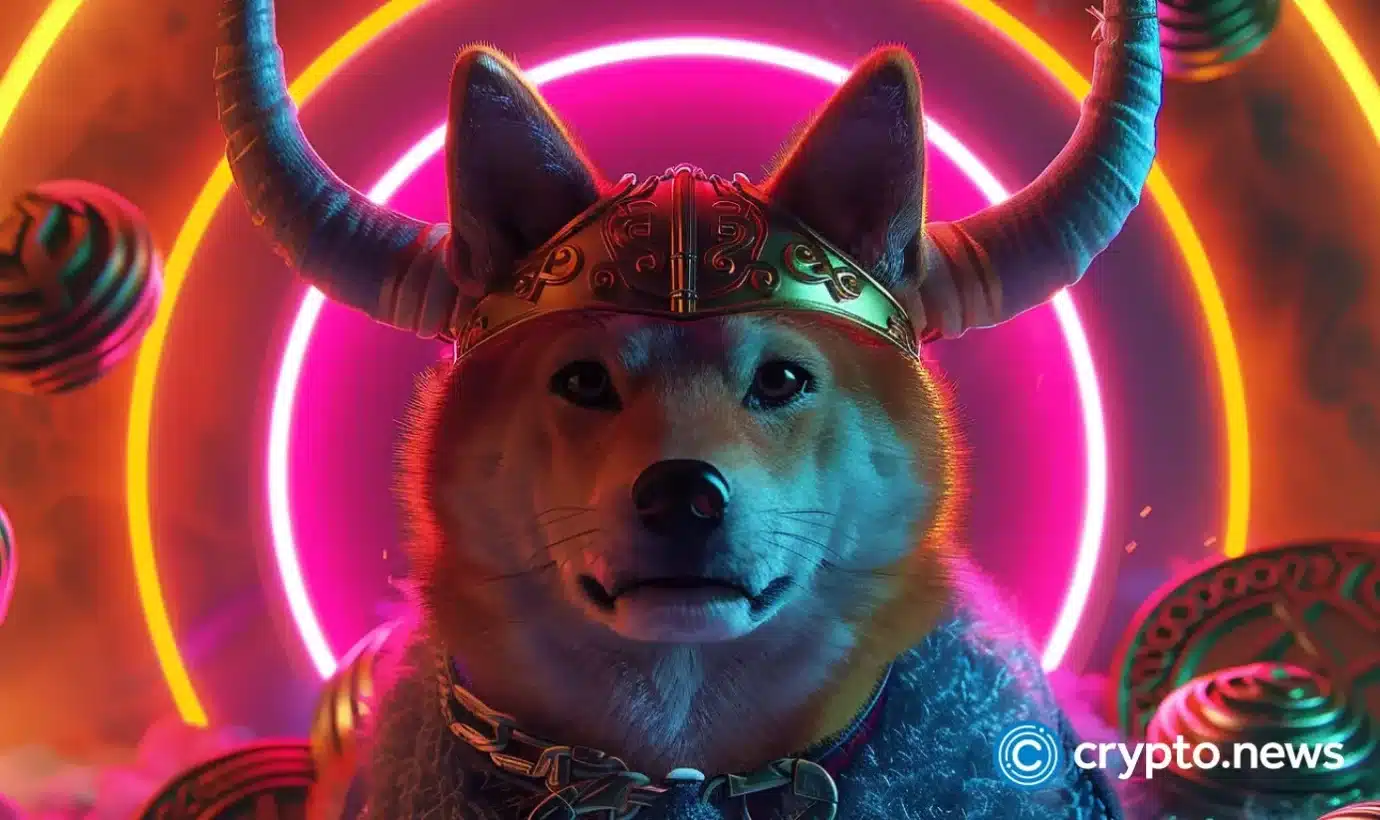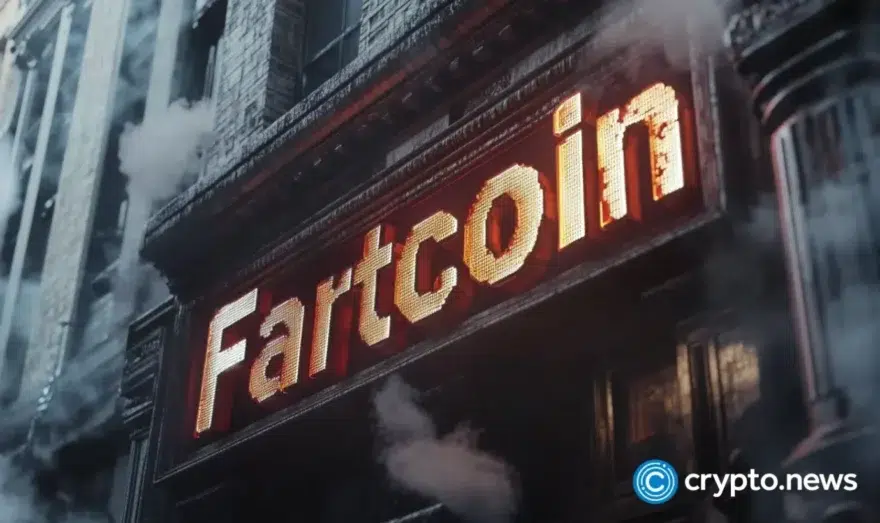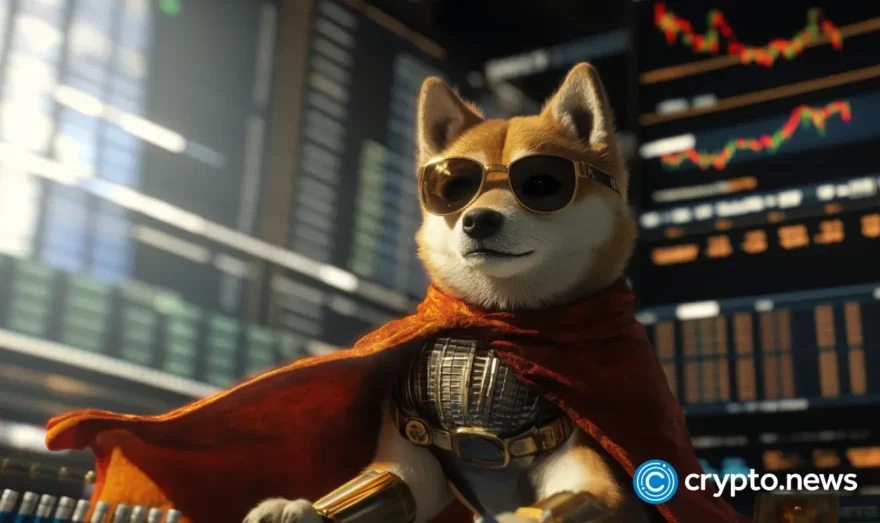Why losing money on memecoins might be the best thing that ever happened to you

Imagine John, a middle-aged mechanic who wakes up every day at 5 AM, dreading another grueling day at the workshop. Each evening, he returns home exhausted, with just enough energy to eat and sleep before repeating the cycle. Sarah, a single mother of three, works two jobs to make ends meet, constantly worrying about bills and her children’s future. Meanwhile, Emma, a college student, juggles classes and a part-time job, barely scraping by while dreaming of a better life. Then, one day, they hear a story from a friend. A memecoin, something they had never considered before, skyrocketed by 10,000%, turning a $1,000 investment into $100,000. This life-changing moment set their minds racing. They think, “Why not me?” They wanted to break free from their monotonous routine and financial struggles.
Do these scenarios sound familiar?
Many find themselves drawn into the memecoin frenzy this way. Most crypto enthusiasts are primarily investors seeking financial gain, not necessarily supporting projects out of goodwill. Memecoin investors, in particular, often have one goal: profit. Many are new to investing, perhaps encouraged by a friend, a favorite YouTuber, or a celebrity endorsement.
The problem arises with the initial approach. With little knowledge and focusing only on recent explosive gains, people often jump in without a clear strategy. They might see a tweet about someone retiring their parents with a small investment and rush to buy. This lack of understanding and preparation can lead to significant losses. Even those who win might fall prey to greed, refusing to sell in hopes of even greater gains, only to watch their profits disappear.
In reality, most memecoin investors lose money, fall victim to scams, or regret not cashing out sooner. They might think, “I should have sold,” or “I should have saved that money.”
Instead of advising on specific actions or financial planning, let’s consider memecoins from a different perspective. Surprisingly, memecoins can be a good investment.
For every person who loses money on memecoins, there comes a turning point. They get tired of losing and start exploring other options. They might:
- Invest more in different memecoins until they find success.
- Stop investing altogether.
- Start learning about solid crypto projects and make informed decisions.
Memecoins serve as a gateway to the broader world of cryptocurrency. Most people don’t care about privacy, as evidenced by Monero’s limited popularity. They aren’t concerned about whether a project is overvalued or undervalued or why a particular feature is revolutionary. Their primary interest is making a lot of money quickly. No one is excited about a guaranteed 10% return from the S&P 500 when there’s a new Elon Musk token with a Shiba Inu mascot that gained 100,000% in two days.
Currently, memecoins have a trading volume of $3.8 billion, which exceeds the volumes of DeFi, gaming, layer 2 solutions, metaverse projects, and NFTs. Additionally, according to CoinMarketCap, there are 1,000 active memecoins and an additional 1,000 defunct. Despite not having all tokens listed there, the overall market cap for memecoins stands at $43 billion.
Why are these numbers so high? Because memecoin investing is easy. Period. Memes are simple and make investing fun. They also create a sense of community, belonging, and camaraderie. Most investors often have little experience or knowledge of traditional markets, making memecoins seem appealing due to their accessibility.
Another aspect is the gambling element. Research shows that gambling can be addictive and is primarily used for the thrill, social interaction, and the potential for high rewards. This has multiple similarities with memecoin investing. Both activities involve a high degree of risk and the potential for substantial rewards, triggering similar psychological responses. Studies show that younger investors, especially those in Gen Z, often engage in both investing and gambling. They are more likely to invest in high-risk assets such as cryptocurrencies and derivatives, which share characteristics with gambling due to their unpredictable nature and potential for quick gains.
The addictive nature of gambling also mirrors the experience of many memecoin investors. The constant checking of prices, the excitement of seeing rapid gains, and community discussions can create a cycle of compulsive behavior.
Memecoins often face criticism for their speculative nature, lack of inherent value, and the high risk of scams and rug pulls. However, they undeniably drive adoption. They bring new people into the world of cryptocurrency and introduce them to blockchain technology and decentralized finance. Even the experience of losing money can be good.
Research indicates that individuals who face struggles or challenges often develop a growth mindset, leading to greater success in the long term. The concept can also be applied to the context of memecoin investing. Investors who experience losses, such as through a rug pull or a significant drop in value, can learn from these early setbacks. This process helps them develop better investment habits and knowledge.
A growth mindset involves viewing setbacks as opportunities to learn and grow. When investors lose money on memecoins, they can reflect on their mistakes, research more about sound investment strategies, and become more cautious. The learning process is critical. If they didn’t face these small losses early on, they might repeat the same mistakes later with much larger sums of money, like $100,000 instead of a couple hundred or couple thousand of dollars.
Memecoins might start as a wild ride, full of ups and downs, but for many, they ignite a journey of discovery, learning, and growth. In the end, it’s not just about the quick gains or the thrilling risks; it’s about the transformation they bring. Memecoins may be the spark, but the fire of knowledge and opportunity they light is what truly changes lives.















